The rapid changes in environment and climate make it an absolute necessity to be alarmed for the future. Global warming is the root cause of climatic pattern disturbances, which is in turn caused by man-made pollution. Making changes in your lifestyle is a necessity. Developing your home into an eco-friendly one is an ordeal but it is definitely worth it. Try out our simple tips for turning your home into an eco-friendly one.
1. Reduce Use Of Plastic At Home
2. Use Recycled Products
3. Use Energy-efficient Lighting
4. Switch Off Appliances When Not In Use
5. Buy Low-Energy Appliances
6. Choose Your Paint With Care
7. Make Your Own Compost For Your Potted Green Friends
8. Use Natural Cleansing Products
9. Hang Your Clothes In the Sun to Dry
10. Watch Your Water Usage
11. Rainwater Harvesting
12. Manage waste at home
Changing life patterns, increased pollution, urban as well as rural industrialization has taken a toll over the environment. We have destroyed thousands of hectares of forests, polluted the water bodies, disrupted the natural habitat for millions of organisms just to fulfil our own needs. The environment we are living in is degrading every single day. It is our responsibility to save the environment and natural resources. After all, we all are living and breathing in the laps of mother nature. It only takes a bit of conscious effort to change our lifestyle to an eco-friendly one. We will also be able to save some of the existing natural resources. Sustainability is not a concept, it is a way of living. Our responsibility starts with changing our habits at home. We should strive towards changing our homes into an eco-friendly space.
Here are a few ways to make your home eco-friendly:
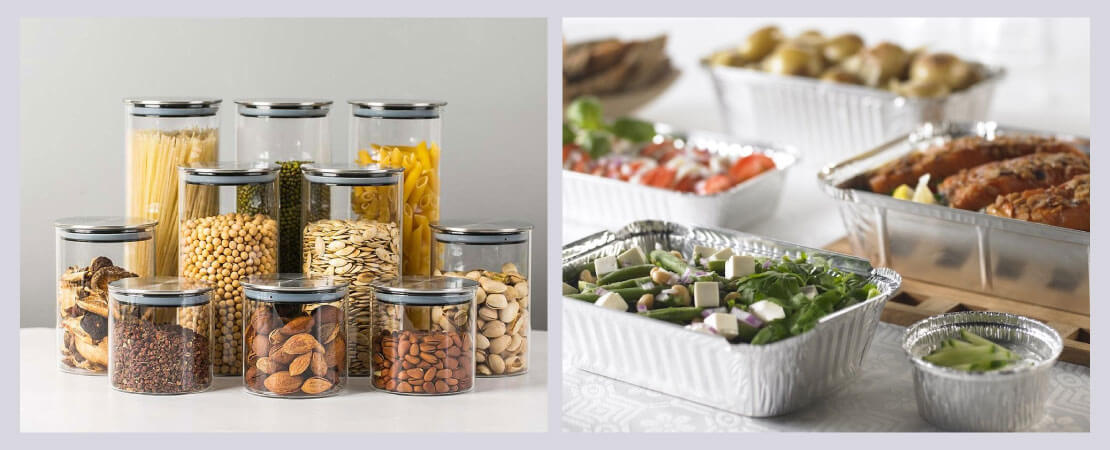
1. Reduce Use of Plastic At Home
Replace all the plastic containers in the kitchen with steel or glass containers. Use glass bottles for drinking water instead of plastic once. The lesser the plastic usage, the lesser is the production of non-biodegradable waste from our house. Try to avoid fibre utensils. Try sticking to aluminium, steel, and iron utensils for cooking. Reduce the use of polythene bags and instead use cloth or jute bags for shopping. Do not use plastic plates or cups during gatherings. Indian markets have plenty of alternatives to this like the disposable plates made of leaves. Try packing food in aluminium foils1 instead of plastic boxes.

2. Use Recycled Products
Recycling products help reducing energy consumption and dependency on raw materials. It reduces water pollution, soil pollution and to a certain extent air pollution also. There is no need for a landfill for disposing of the old items. There is no need for waste disposal. You can refurbish your furniture, paint them and give them a new makeover. Paints or polish coating is good for the long go. In case you need to buy glass containers, consider reusing empty coffee or candy jars. Empty boxes of biscuits and cakes can be used for storing small miscellaneous items.
Clean your home the greener way. Use old, discarded t-shirts or towels for making rags. Use them for dusting and mopping instead of paper and follow the 3R – Reduce, Reuse, Recycle-philosophy, literally at the ground.
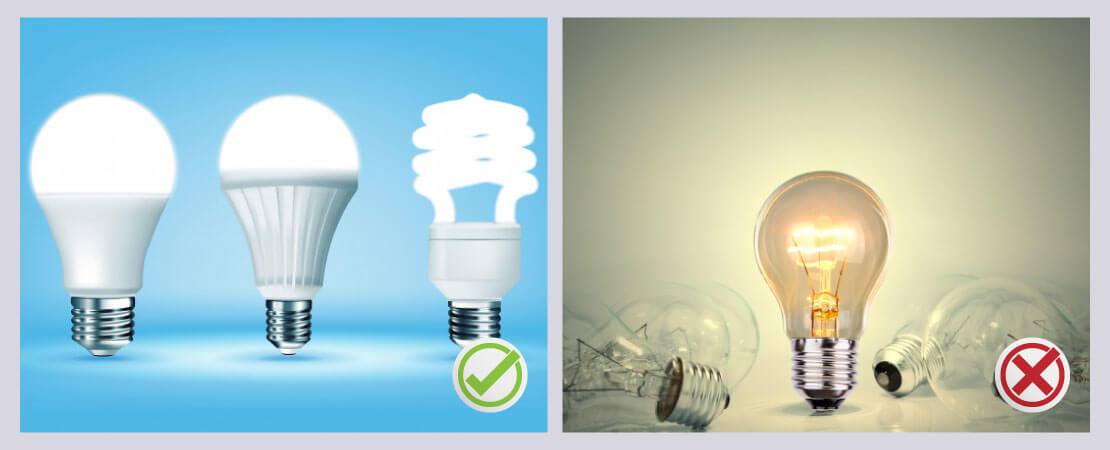
3. Use Energy-efficient Lighting
Replace all your traditional bulbs with CFLs and LEDs. Traditional lights have a higher energy consumption in comparison to the CFLs and LEDs. Traditional lights also give out 90% of their energy as heat. This raises the temperature of your house and surroundings. In a country like India with extreme summer temperatures, it is advisable to opt for LEDs and CFLs. They are a bit expensive compared to the traditional bulbs yet are much more eco-friendly.
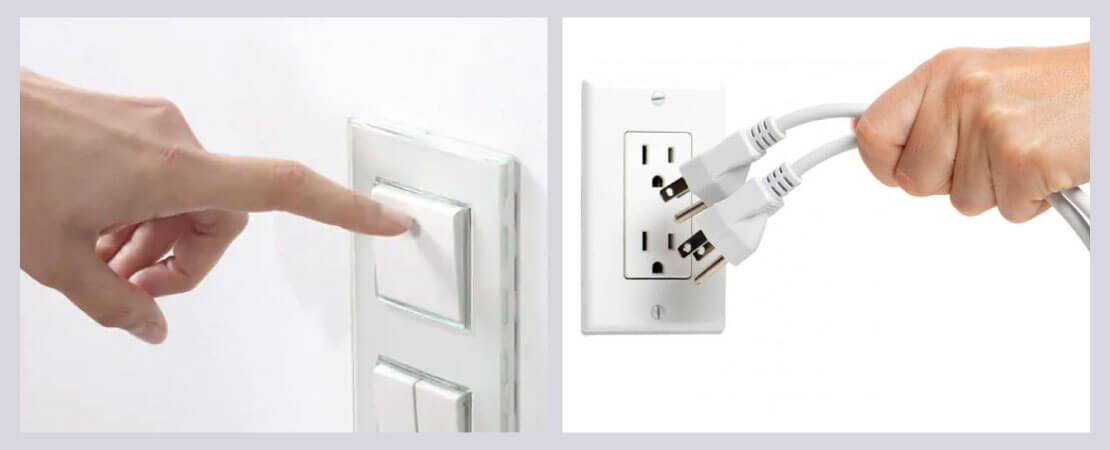
4. Switch Off Appliances When Not In Use
We should be extra careful that we do not waste electricity which in turn is the waste of natural resources. The production of electricity is dependent on natural resources. We should switch off appliances when they are not in use. We should make sure that we switch off fans and lights before we leave our rooms, once we finish charging our phones we must not forget to unplug the charger. These practices also save you from mishaps and accidents.

5. Buy Low-Energy Appliances
Using low energy appliances are an excellent step towards an eco-friendly home. BEE-labelled or eco-star labelled appliances2 will cause less wastage of energy. They are also pocket friendly in the long run. They minimize the electricity bill. When you buy washing machines, air-conditioners, refrigerators, try and invest in one with more number of eco-stars ensuring maximum energy efficiency.
There are other ways to make your home energy-efficient. To start with:
- Switch off all lights, fans and other appliances when not in use.
- Replace traditional glowing lights that convert almost 90% of energy into heat with LED spotlights.
- Run the AC, not below 24- 25 degree Celsius.
- Weatherise your home.
- Service your appliances at regular intervals and replace them when they’re old.
- Don’t keep your laptop on charge continuously. Once charged, unplug it.
- Unplug all battery chargers when the gadget is fully charged.
Becoming energy-efficient starts with making little changes in your lifestyle and perspective. Take the first step and you will feel happy about making a small positive change in your surroundings.
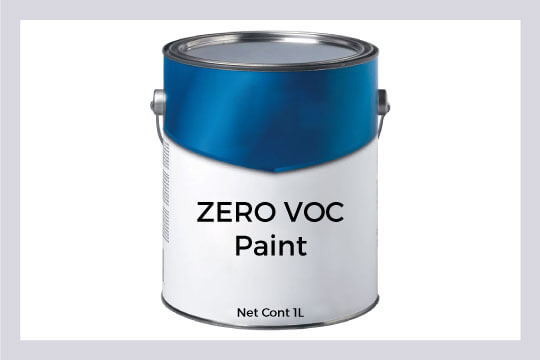
6. Choose Your Paint With Care
If you are noticing a rising incidence of allergies and asthma in your family, chances are that either your house is damp Or your wall paint contains high levels of VOC (volatile organic compound). Consider giving your home a makeover. Choose environmentally safe water-based paints with low or zero VOC and give a fresh lease of life to your beloved home.
7. Make Your Own Compost For Your Potted Green Friends

Chemical fertilizers and pesticides are harmful to the soil and plants in the long run. They can lead to various plant diseases and acidification of soil. They also contaminate the groundwater reservoirs. Compost can be made by using non-toxic biodegradable waste from your home like the vegetable peels, dry leaves, garden waste along with mud. It works as a natural fertilizer for your plants and helps them grow. It also replenishes nutrients in the soil. It restores moisture in the soil. Moreover, your biodegradable waste is used up at your home itself.
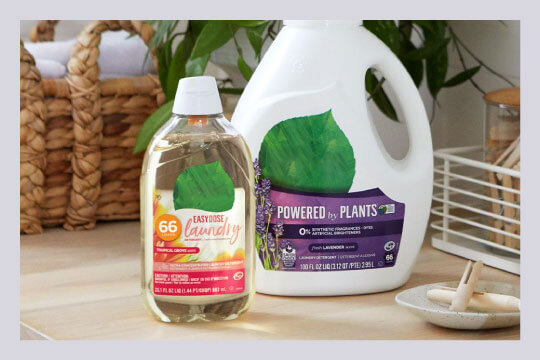
8. Use Natural Cleansing Products
Chemical-based or synthetic cleansers are another threat to water bodies. When we clean our house with these cleansers, the chemicals enter the water transport system and make it unfit for drinking. They are also harmful to our health and sometimes may cause rashes and skin burns. We should switch to natural cleaners like vinegar, lemon juice, baking soda, etc. these are non-toxic, majorly non-allergic.
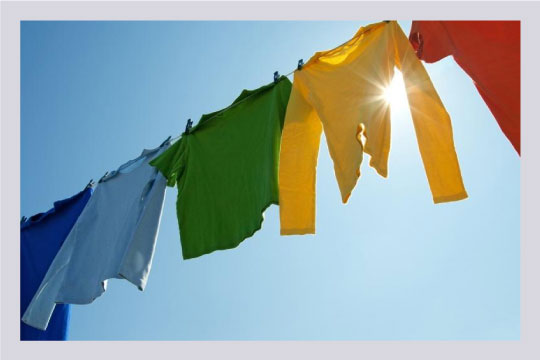
9. Hang Your Clothes In the Sun to Dry
This is a great way to save electricity. Drying your clothes in the sun instead of dryer cuts down our dependency on electricity and instead, we use solar energy. It is also good for checking bacterial infection and growth. The UV rays of the sun are powerful against microbial growth. The clothes which are dried in the sun generally smell much fresher as compared to the ones dried using electric dryers. Clothes are warmer and the fabric – happier too!
10. Watch Your Water Usage
Keeping a track of your water usage and checking water wastage is a great step towards an eco-friendly home. There should be no wastage of water. Do not leave the tap on while brushing. Wash your dishes with closed tap and sink. In case of any water leakage or seepage make sure it is repaired at the earliest possible.
Replace your old showerhead with a modern low-flow showerhead. Such showerheads are designed to check the amount of water wasted. So, if you take shorter showers and use one of these fittings, you can surely save a lot of water. The idea is to avoid water wastage in every possible way.
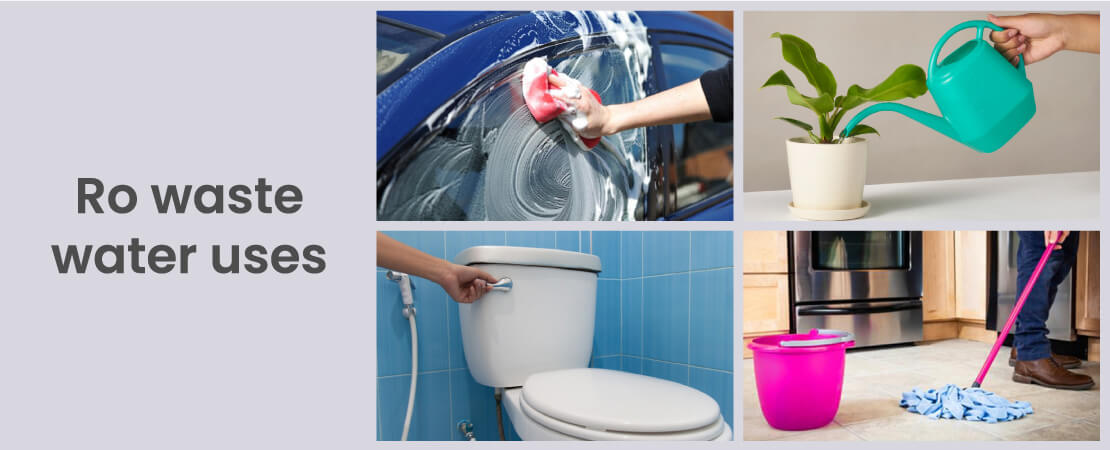
Coming to the other uses of water for household purposes, switch to Reverse Osmosis (RO) water purifier as that would be a good investment for many reasons3. The wastewater generated by the purifier can be used for:
- Watering your plants (after diluting, since total dissolved solid content is too high).
- Cleaning various items and surfaces.
- Cleaning sewage pipes.
- In the bathroom for flushing & cleaning.
- Washing your car – avoid using a hosepipe; instead, use a wet sponge. It cleans better and saves water.
- Filling your water cooler.
- Bathing your pets.
To learn more about reuse of wastewater generated by RO water purifier, read RO waste water uses – 6 Simple Ways.
11. Rainwater Harvesting
Storing rainwater for later usage during scarcity, is rainwater harvesting. The rainwater is collected in a cistern or a large tank for future usage. It is a great step towards an eco-friendly lifestyle. Pollution has caused enough damage to freshwater bodies. Rainwater after treatment can be used for a lot of purposes ranging from cleaning to gardening. Rainwater harvesting mitigates the water scarcity during periods of drought and reduces dependency on groundwater resources. Another advantage of using rainwater is that most of the times it is free of chemicals. The only thing we need to be careful about is acid rain.
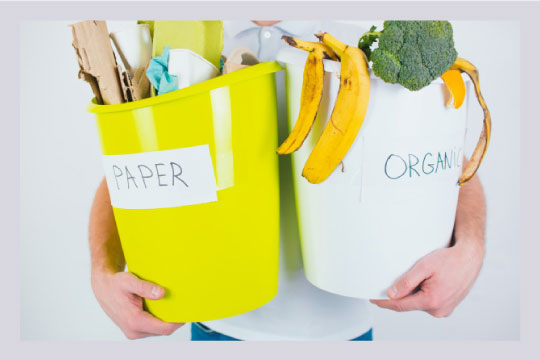
12. Care to manage waste at home?
Segregate your household waste before disposal. Put wet and bio-degradable wastes like food leftovers and vegetable peel into one bin and non-biodegradable wastes like plastic packets into a separate bin. This will help you to do waste management right in your home.
Conclusion
Now that we have discussed these possible ways to make our home eco-friendly, we should actually put in the effort to change our lifestyle. Step by step we can contribute towards saving our environment for the upcoming generations, in our little small way. Recycling, Refurbishing, Unplugging will not cost us massive lump of money, but will definitely help us save the environment. Few of these tips will help you to even save money. The renovation cost of eco-friendly homes is lesser than in normal homes. You can do DIY stuff before you want to pursue it.

